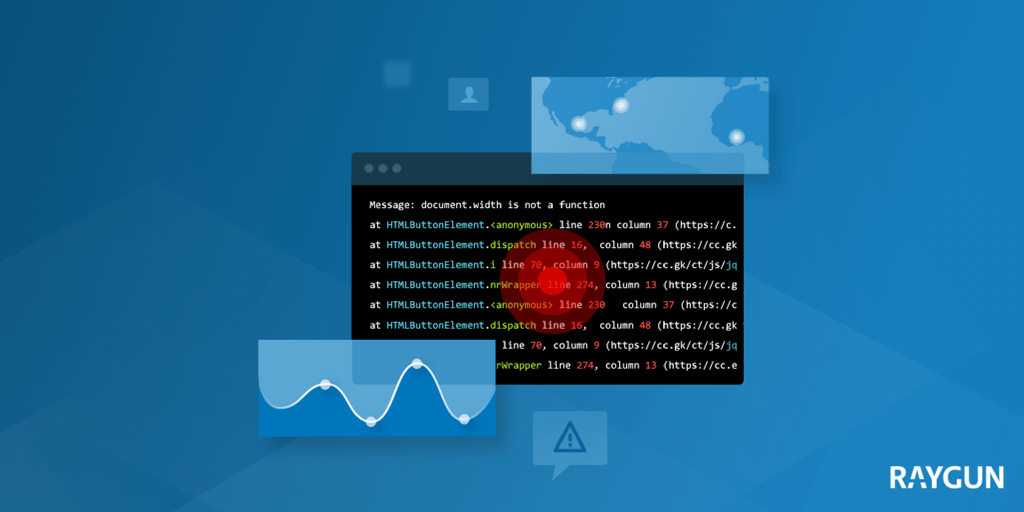Core Web Vitals update: Adjustments to LCP (and INP)
Posted May 23, 2023 | 4 min. (742 words)Google has shared small but important adjustments to the way LCP is assessed. LCP, or Largest Contentful Paint, measures how quickly a page appears to load from the user’s perspective. More specifically, this is the time for the main content to be painted or the “render time of the largest image or text block visible within the viewport”. You’ll get a “Good” score when the load time of this content is 2.5 seconds or less. (Need a refresher on the finer details of Core Web Vitals? Check out our Developer’s Guide to learn more).
What’s different?
With the late March/early April rollout of Chrome 112, LCP no longer measures images with “low” content (as measured in bits per pixel — more on that soon). This update was rolled out to Chrome users starting on roughly April 6, 2023, and applies to previous versions back to Chrome 109. Basically, setting the standard a bit higher for what’s considered to be “contentful”.
This isn’t completely new; LCP has always ignored full-screen background images, as well as solid or simple gradient backgrounds implemented through CSS, classifying these as not “contentful” but just backdrops or placeholders.
This update extends that to any images that lack content compared to their size. The threshold is currently 0.05 bits of image data per displayed pixel — anything below this won’t be considered for LCP.
Will this affect my Core Web Vitals score?
To measure LCP, Chrome will now identify the paint of the text block or image that meets the new threshold. So your existing LCP might increase if a low-content image was being painted very early, or if you were using a placeholder to reserve space for a richer image and minimize layout shift while the page is loading. This may also improve LCP in cases where a low-content background or viewport overlay was being added to the page after other content.
(While you’re looking at your LCP, check out Google’s latest recommendations on how to improve Core Web Vitals).
While it might create a little bit of legwork now, this is a positive change in terms of customer experience, making it harder to “cheat” LCP by using images that don’t deliver a rich, fast page experience. This could also be a step towards preventing cookie and ad banners from being classed as LCP images, which tend to detract from, not add to, page experience.
At Raygun, we welcome these changes, because they seem to validate what we’ve been saying all along: improving Core Web Vitals, and therefore improving customer experience, is an ongoing habit and approach, not a one-off. And we tend to think that proves an investment in Real User Monitoring is worthwhile!
Key takeaways
- LCP (Largest Contentful Paint) is the Core Web Vitals metric that measures how fast your main content block loads
- To be “contentful”, content must now have 0.05 bits of image data per displayed pixel
- Background or placeholder images will no longer count towards LCP
- Check your LCP score to see if the block being assessed has changed

What else is new in Core Web Vitals?
Desktop
As of February 2022, Google now measures Page Experience, including Core Web Vitals, on both mobile and desktop.
The signal criteria are the same as mobile page experience signals (minus mobile-friendliness). So desktop page experience now includes:
- Largest Contentful Paint (LCP)
- Cumulative Layout Shift (CLS)
- First Input Delay (FID)
- HTTPS Security
- Absence of intrusive interstitials
INP metric
Google is also trialing an experimental metric, Interaction to Next Paint, which according to popular speculation will replace FID as the Core Web Vital that assesses responsiveness.
INP measures the “latency of all click, tap, and keyboard interactions that occur throughout the lifespan of a user’s visit to a page.” It’s not an official Core Web Vitals metric just yet, but is already available in Google tools like PageSpeed Insights and Lighthouse.
Note: As of March 2024, Google has replaced FID (First Input Delay), the original interactivity metric, with INP. Learn about the transition, and what it means for development teams, here.
That’s all, folks
As always, Core Web Vitals is an evolving program designed to reflect the changing state of web performance. Keep up to date by subscribing to Google’s development blog or the Raygun performance newsletter.
Related:
How Core Web Vitals create business impact · Raygun Blog
Introducing INP to Core Web Vitals | Google Search Central Blog


